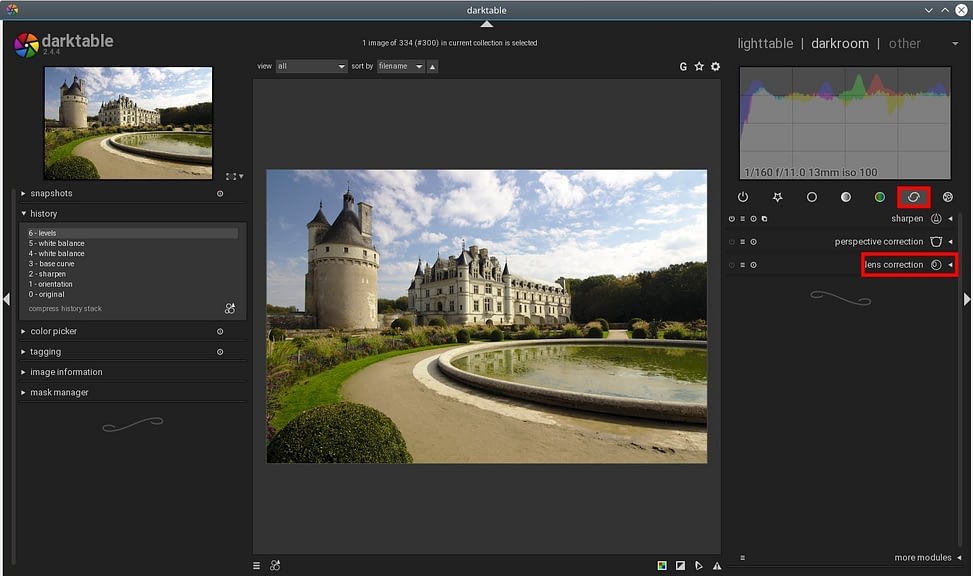

This tutorial is only meant to show how I managed to develop my photos so others can replicate my experience and it’s not to be taken as a knowledge source on photo processing. Nothing’s lost though – we can still take the raw DNG file and develop it manually, which is what I’ve done for most of my photos posted on the fediverse and what I’d like to demonstrate in this post.ĭISCLAIMER: My knowledge about photo processing is rather limited and can be best summed up with “I’ve just been moving some sliders until I liked what I saw”. Example photo developed with no manual processingĭeveloping the raw picture automatically is currently done via dcraw tool, which in my experience can provide excellent results for some kind of photos, but can also come up with rather underwhelming pictures for other kinds. If you’re interested in more details, I recommend watching a discussion panel about camera support on mobile FOSS devices that Dorota and Martin from our team took part in during the last FOSDEM.

The current long-term plan is to utilize libcamera so that everything mentioned in this post (and more) can happen automatically, but that needs more work across the whole stack to become possible so it’s still going to take some time until that’s in place. We can use it to gather real-time statistics about captured image in an optimized fashion, but we can’t offload any actual processing like it’s usually done on other mobile platforms and have to implement it in software using CPU and/or GPU instead. On the Librem 5 we’re also facing additional difficulty, as the Image Signal Processor capabilities of the i.MX 8M Quad SoC that we use are limited. This also means that applications that can use your laptop’s camera do not necessarily know how to deal with the camera on your phone. This calls for software infrastructure that, in the Free Software world, is still in its early days. That raw data needs to be interpreted and processed in order to create an image that makes sense for a human.

That’s because smartphone cameras work in a different way than a typical computer webcam does – while a webcam usually provides already developed RGB or even JPEG data, high quality cameras offer mostly raw information coming from millions of tiny light sensors.

The user has to manually set the gain, exposure and focus knobs before taking the photo, and there are no heuristics that could analyze the image and decide how to proceed with processing to make it look best. The processing pipeline is, however, rather limited at this point. Both cameras can be already used to take stunning photos, and the driver for the front camera is even already upstreamed into mainline Linux.


 0 kommentar(er)
0 kommentar(er)
